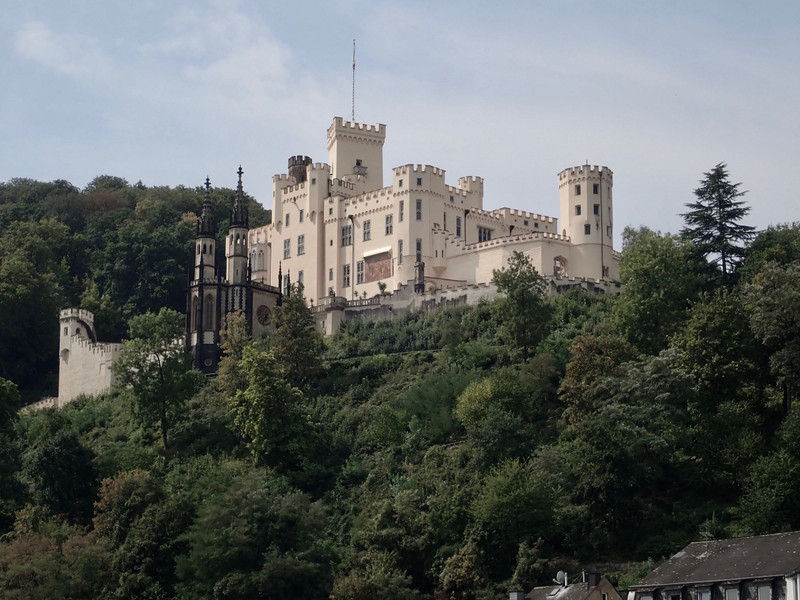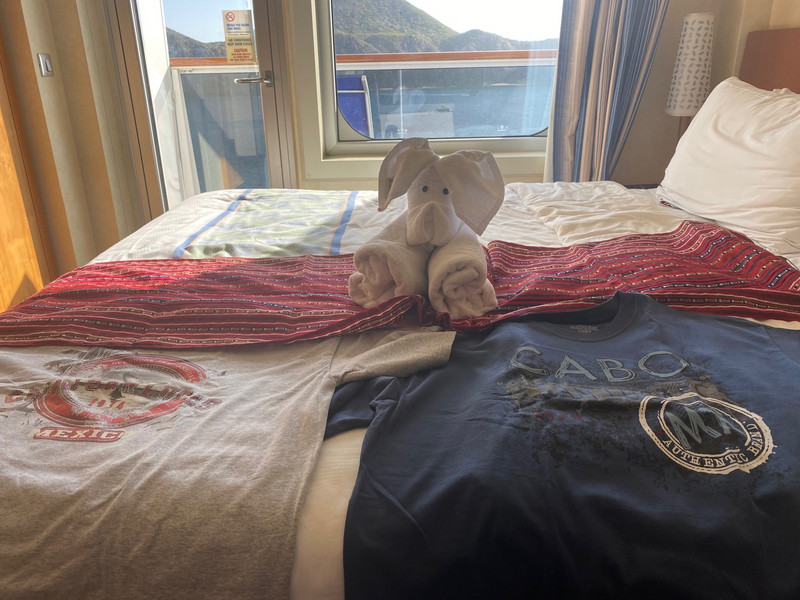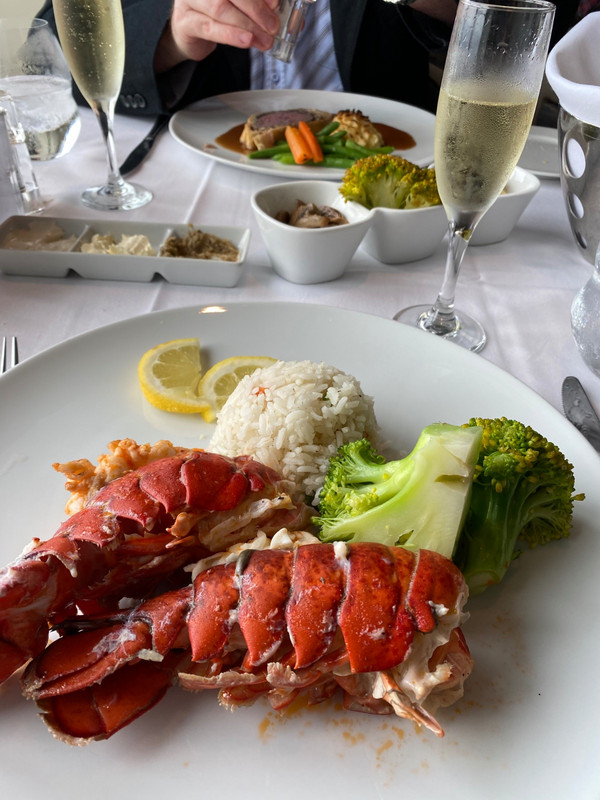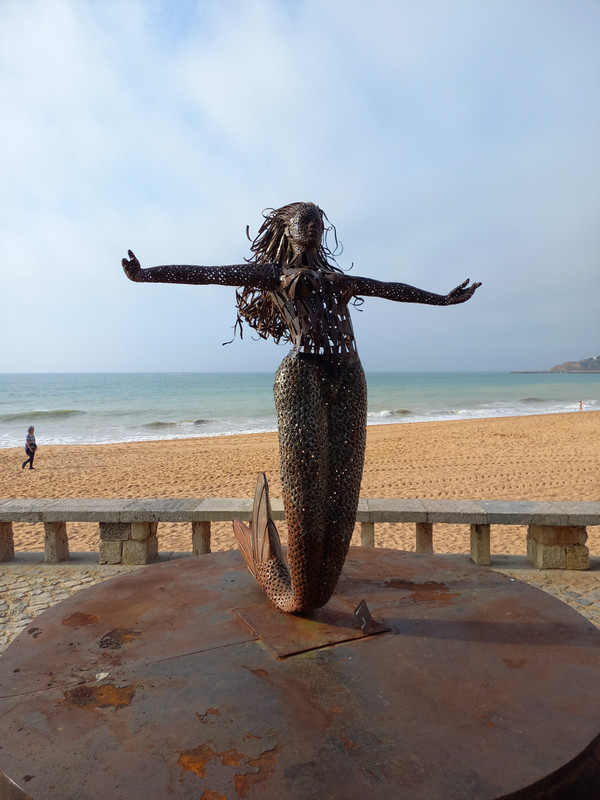August 4, 2018. Koblenz, Germany. As we approached Koblenz cruising down the Rhine past the impressive Stolzenfels Castle and through beautiful hilly scenery, a bridge came into sight, above which sits the Ehrenbreitstein Fortress. We sailed around the Memorial of German Unity and up the Moselle River to dock. After a brief walking tour we were bused to a vineyard in the nearby Mosel Valley then returned to explore the city on our own. Simon and I walked along the rivers, visited the Basilica of St. Castor and the Memorial of German Unity with its equestrian statue of William, the first German emperor, which sits at the convergence of the Moselle and Rhine Rivers. Then we boarded the cable car which took us over the Rhine and up the opposite bank to the Ehrenbreitstein Fortress. The site was first settled in the 4th millennium BCE; fortifications were built in the 9th and 10th centuries BCE; the Romans had one there in the 3rd to 5th centuries CE; a castle was built around 1,000 and the fortress that could withstand the introduction of gunpowder weapons was begun in the 17th century. There are museums, a youth hostel and its a venue for
public events. Back in the city we enjoyed walking through the beautiful old section of the city. Notable, is the History Column, a sculpture that tells 2,000 year history of Koblenz starting with the Roman settlement; then the Crusades; the Thirty Years War; the French Revolution and World War 2. Also, the City Church at Jesuitenplatz, from 1613, with its spare modern interior and beautiful stained glass windows. Unfortunately we did not have enough time to see more.









